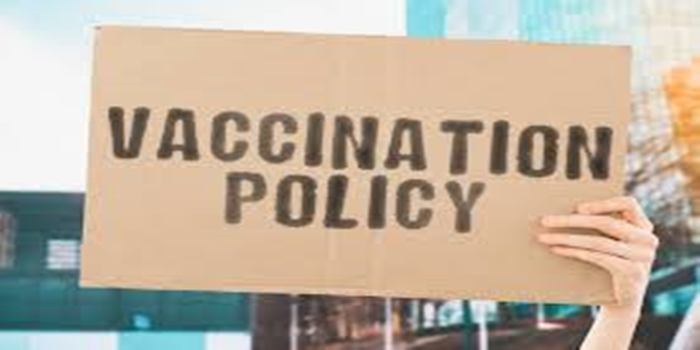In this article, we discussed the meaning of vaccination policies, the examples, the types, the purpose, we also talked about the importance.
Definition
Vaccination policies are health policies that aim to prevent the spread of infectious diseases. They are often created by local or state governments, but can also be set by private facilities, like schools or workplaces.
Examples of vaccination policies
Laws
Laws that make vaccination the societal norm while respecting individual rights
Recommendations
Recommendations for when to defer vaccination, such as for people with certain health conditions
Diphtheria: A disease that infects the throat and tonsils, making it hard to breathe and swallow
Tetanus: A disease that causes very painful muscle contractions
Measles: A disease that can re-emerge when vaccine coverage rates drop
Meningitis: A disease that vaccines can help prevent
Pneumonia: A disease that vaccines can help prevent
Polio: A disease that vaccines can help prevent
When to defer vaccination
People with moderate or severe acute illness should defer vaccination
People with a severe allergic reaction to any component of the vaccine should defer vaccination
People with a severe allergic reaction to dry natural rubber latex should defer vaccination.
There are many types of vaccines, including inactivated, live-attenuated, toxoid, and mRNA vaccines.
Inactivated vaccines
Use a killed version of the germ that causes the disease
The whooping cough vaccine is an example
Live-attenuated vaccines
Use a weakened form of the germ that causes the disease
The measles, mumps, and rubella (MMR) vaccine and the varicella (chickenpox) vaccine are examples
Toxoid vaccines
Use a toxin (harmful product) made by the germ
The diphtheria and tetanus vaccines are examples
mRNA vaccines
Use messenger RNA, which gives your cells instructions for how to make a protein of the germ
Subunit vaccines use only specific pieces of the germ, such as its protein, sugar, or casing
Biosynthetic vaccines contain manmade substances that are very similar to pieces of the virus or bacteria
Viral vector vaccines use genetic material from a different, harmless virus to help get the genetic material into your cells.
Purpose
Vaccination policies are created to prevent the spread of infectious diseases.
They can help to protect people from diseases like hepatitis B and COVID-19.
State or local governments often create vaccination policies.
Private facilities, like schools or workplaces, can also create vaccination policies..
The important of vaccination policies
Protect against disease: Vaccines train the immune system to create antibodies that fight off disease.
Reduce the risk of outbreaks: Vaccines help control the spread of infectious diseases.
Save lives: Vaccines save millions of lives each year, especially in children.
Improve quality of life: Vaccines can improve quality of life and schooling.
Reduce economic inequities: Vaccines can help reduce poverty and inequities.
How vaccination policies can be improved
Engage with communities: Assess community needs and perspectives to develop better vaccination services and policies.
Improve delivery: Improve the delivery of vaccines around the world.
Strengthen systems: Strengthen health systems to catch up on missed vaccinations.
You can talk to your healthcare worker for advice about vaccines and the recommended vaccination schedule in your country.
Conclusion
Vaccination policies are health policies that aim to prevent the spread of infectious diseases. They are often created by local or state governments, but can also be set by private facilities, like schools or workplaces.


